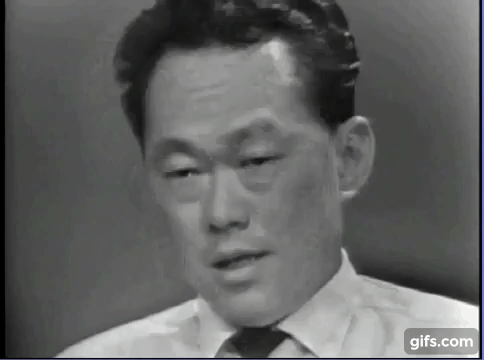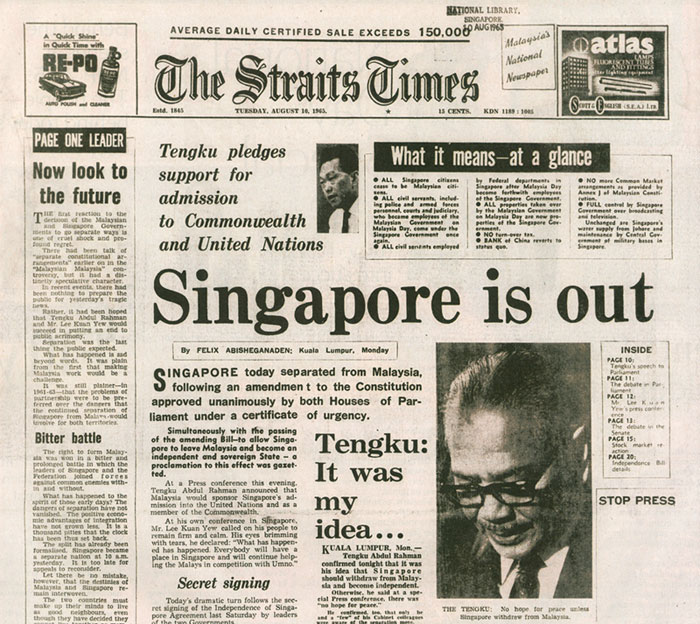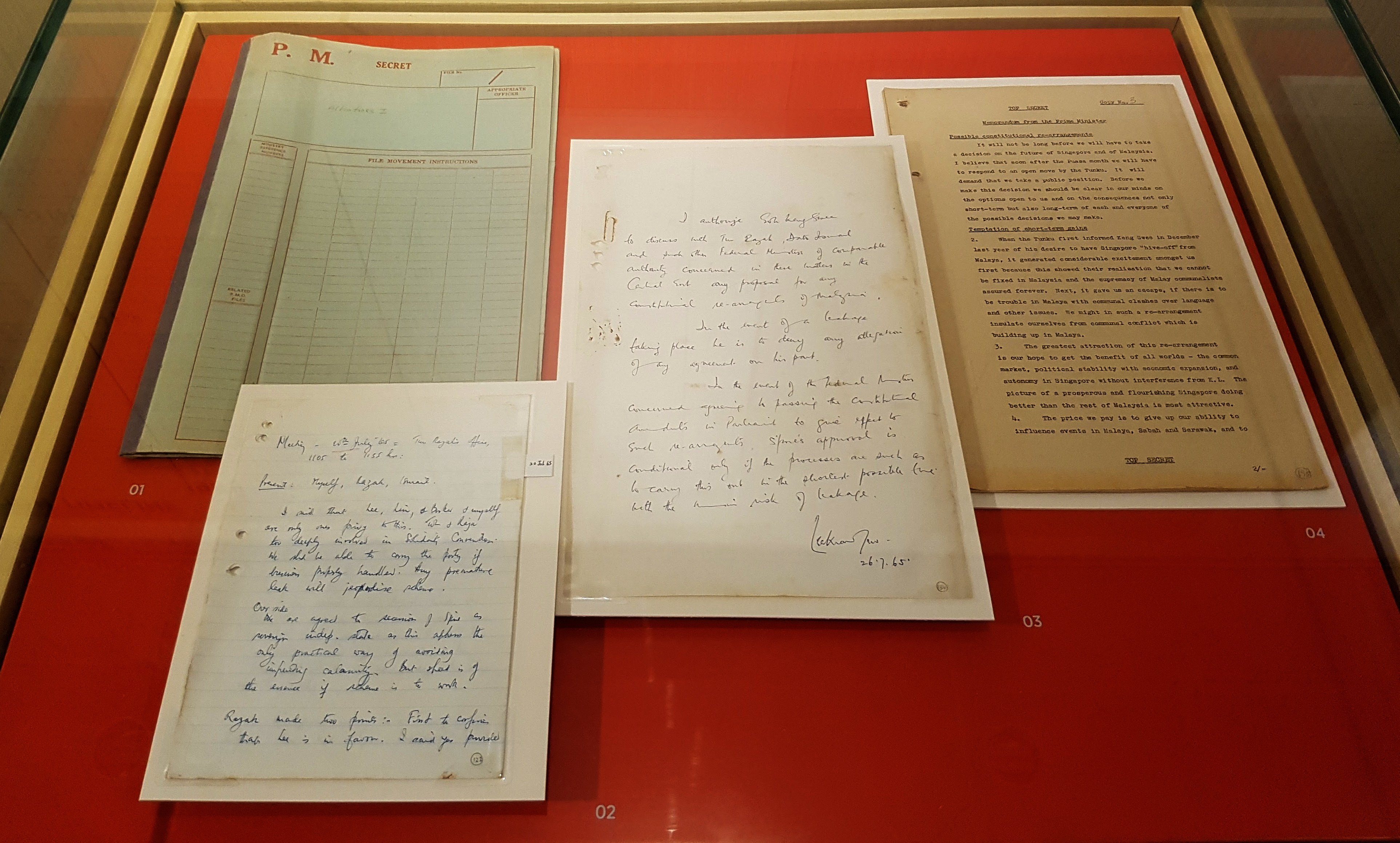It's hard to forget the iconic scene of then Prime Minister Lee Kuan Yew breaking down on national television when Singapore separated from the Federation of Malaysia.
The tears, the pregnant pauses, that moment of anguish - they keep replaying in our minds, and literally, in the Singapore History Gallery at the National Museum of Singapore.


Sequestered away in said museum are also three documents which give us a more nuanced insight into what went on behind closed doors in the lead up to Separation.
These documents from the declassified Albatross File can be found in an exhibit titled "We Built A Nation".

[related_story]
Goh Keng Swee mentioned in a 1980 interview that the merger with the Federation was like 'an Albatross around our neck' - alluding to Samuel Taylor Coleridge's poem “The Rime of the Ancient Mariner” which depicts a sailor who wears the carcass of an albatross as punishment for mistakenly shooting it down.
The selected documents from the Albatross File comprise:
- Handwritten letter by Prime Minister Lee Kuan Yew
- Memo from Prime Minister Lee Kuan Yew
- Handwritten notes by Goh Keng Swee
The letter by Lee authorised Goh to conduct negotiations with Malaysian authorities regarding Singapore's separation.

"I authorise Goh Keng Swee to discuss with Tun Razak, Dato Ismail and such other Federal Ministers of comparable authority concerned in these matters in the Central Govt any proposal for rearrangements of Malaysia."
The timeline given in the display states that negotiations had already begun as early as July 1964 - more than a year before Separation.
The second document - a secret memo by Lee - was written at a time when both parties had realised that Singapore could not be bound to Malaysia in the long term.
In it, Lee indicated that he was "excited" about such an arrangement because it provided the best economic benefits without getting entangled in communal politics.

"[The] greatest attraction of this rearrangement is our hope to get the benefits of all worlds - the common market, political stability with economic expansion, and autonomy in Singapore without interference from KL. The picture of a prosperous and flourishing Singapore doing better than the rest of Malaysia is most attractive."
We also see that the idea of "hiving off" from Malaysia was an attractive idea to Lee, one of which, was the benefit of "[insulating] ourselves from communal conflict which [was] building up in Malaysia".
The last document is a set of handwritten notes by Goh taken on July 20, 1965, 19 days before Separation. This was taken during a meeting with Malaysian Deputy Prime Minister Tun Razak and Home Affairs Minister Ismail Abdul Rahman.
There was a sense of urgency.

In it, we find that there were only a few people who were aware that Separation was imminent. They were himself, Lee, Lim Kim San, and Edmund William Barker.
The note also urged that any premature leak of the separation would be detrimental to the scheme.
A different narrative
The three documents shine a different light on what was previously the widely told story of Singapore getting abruptly booted out of Malaysia, due to both sides' differences.
It seems like there was more of a drawn out process of negotiation instead of an abrupt change of heart by Malaysia that led to Singapore's independence.
As we celebrate our country's 52nd anniversary, the Albatross File is a reminder that Singapore's history is nuanced, multi-faceted, and should be remembered from various perspectives.
Top image by Joshua Lee.
Here are some equally interesting but totally unrelated stories:
5 types of NDP-goers you’ll see on public transport
NS last time vs NS now, explained in GIFs
Related article:
Here’s the story of the campaign that got Singapore kicked out of Malaysia
1819 is a labour of love by Mothership.sg where we tell stories from Singapore’s history, heritage & culture. Follow us on Facebook, Instagram and Twitter!
[related_story]
If you like what you read, follow us on Facebook, Instagram, Twitter and Telegram to get the latest updates.

